First Aid For Drowning
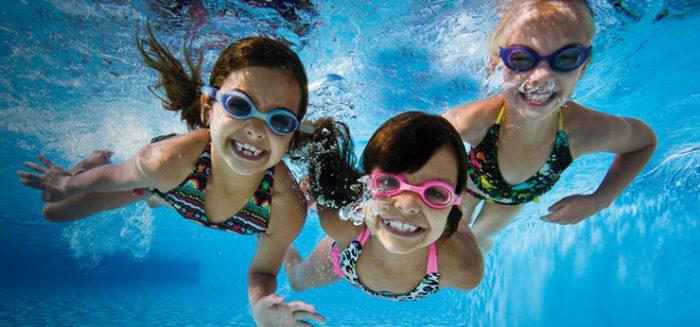
Summer is an exciting and happy time for families; it involves more family fun days filled with sports, outdoor and social activities. One of the most loved summer pastimes for families is an afternoon spent at the pool, beach or river. But a day spent in the water means an increase in danger, and every parent is all too familiar with the fear that accompanies the beloved summer activity.
Between July 1, 2019, and June 30, 2020, there were 248 fatalities in Australian waters. Alarmingly, another 504 Australians suffered from non-fatal drowning throughout this time but were thankfully able to be saved.
With almost 3 people drowning every day it is critical that all Australians who are spending time by the water this summer are educated on how to provide First Aid for drowning. Follow our guide on how you can increase water safety and prevent your next water-focused summer activity from ending in a tragedy thanks to your First Aid for drowning knowledge.
Drowning In Australia – The Facts
Australia has an endless love affair with water activities in the summertime. Whether you prefer the beach, river, lake or pool, everyone has a favourite way to cool down on a scorching hot day. It’s an integral part of the ‘Aussie summer’ culture but the statistics are a reminder to all that caution must be taken when spending time by the water.
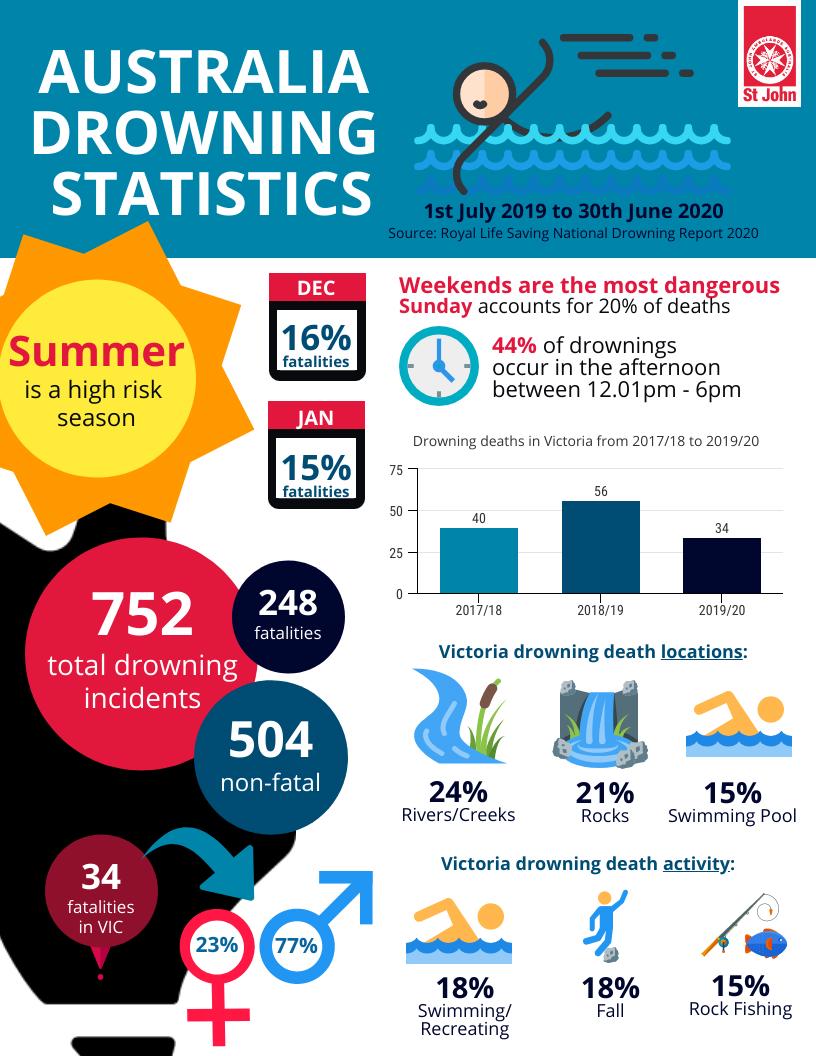
When You Should Call For Medical Assistance
If a child, adolescent or adult is drowning you should always call for medical assistance even once they regain consciousness. Drowning can cause long-term damage so it is critical the casualty receives a medical assessment after the event.
Drowning Signs And Symptoms:
- persistent coughing
- difficulty breathing
- tiredness
- decreased activity
- mental confusion
- blue colour on skin and lips
- loss of consciousness
- loss of bowel or bladder control
First Aid For Drowning
If a child, adolescent or adult is drowning you must follow these critical First Aid for drowning steps immediately:
Once you get to C ‘CPR’ follow these steps for an adult or child:
- Place casualty onto back
- Place one index finger on the middle of the collarbone and the other index finger on the sternum (where the ribcage meets below the chest)
- Your two thumbs will meet in between your index fingers. This marks the location where you will place your right hand. Position the base of your hand (just above your wrist joint) here
- Place your left hand on top of your right hand, clasp and push
- Provide 30 compressions 1/3 of the depth of the casualties chest
- Tilt head back, lift chin, open mouth and pinch the soft part of the nose
- Provide 2 breaths – watch and listen for the chest to rise and fall
- Repeat sequence until medical assistance arrives or the casualty becomes conscious
Once you get to C ‘CPR’ follow these steps for an infant:
- Place casualty onto back
- Place your index and middle finger over the lower half of sternum (breastbone)
- Provide 30 compressions 1/3 of the depth of the casualties chest
- Slightly tilt the head back
- Lift chin to move the tongue away from the back of the throat
- Provide two soft puffs (not full breaths as this can damage the infant's lungs)
- Repeat sequence until medical assistance arrives or the casualty becomes conscious
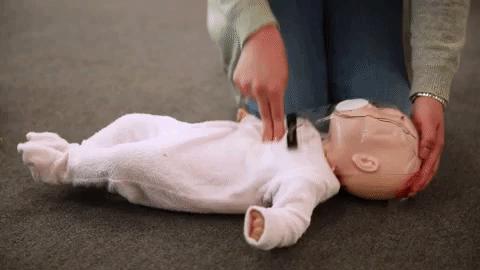
- If casualty gains consciousness, roll onto their side to ease breathing and ensure they don’t choke on any water regurgitation
- Ensure casualty receives medical assistance and examination
Preventative Measures For Drowning
Kids Alive – Do The Five! implemented a great program in 1988 to combat the dire drowning statistics in Australia. The catchy tips are still an important reminder for any pool or poolside activities:
- Fence the pool
- Shut the gate
- Teach your kids to swim – it’s great (this includes the utilisation of floatation devices)
- Supervise – watch your mate and (children must always be under adult supervision)
- Learn how to resuscitate
When spending time in any environment with a larger waterhole such as lakes, dams, rivers, lagoons or beaches the following must always be checked:
- Ensure the environment is suitable to the individuals swimming capabilities
- Ensure the individual wears floatation devices suitable to their swimming capabilities
- Ensure adolescents and children are under adult supervision at all times
- Ensure safety precautions are taken at all times (ie. No running, no diving in unmeasured waters)
Summertime is an exciting and enjoyable time for many, but in the midst of all the social commotion, it’s important as a parent or guardian you are taking all necessary precautions to prevent an injury or tragedy occurring. When children and adolescents are spending time in or around any kind of water they must be under adult supervision at all times.
Sadly, sometimes no matter how cautious we are accidents do happen. By educating yourself on how to provide CPR you are ensuring the children under your supervision are in the best possible hands at all times. With the delivery of CPR after drowning increasing survival rates by up to 50%, it truly is an investment in the future of your family and friends lives. Are you ready for your next summertime water activity?
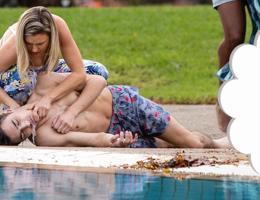
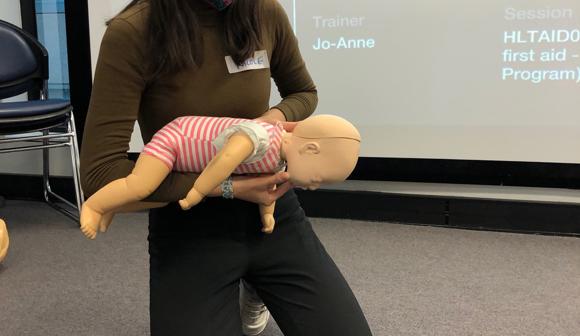
CARING FOR BABIES AND KIDS
4 Hour Face-to-Face
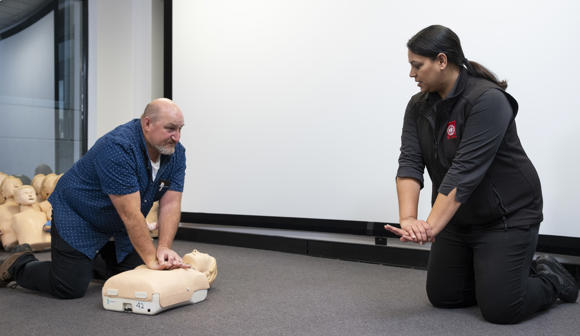
HLTAID009 PROVIDE CARDIOPULMONARY RESUSCITATION
Learn the skills to perform life-saving (CPR) on an adult, child or infant who is unconscious and not breathing normally.
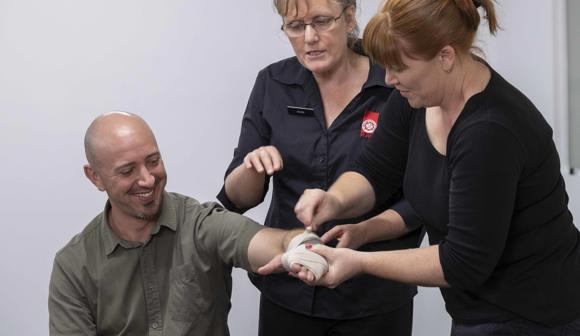
HLTAID011 PROVIDE FIRST AID
This course teaches the skills and knowledge required to recognise and respond to life-threatening emergencies and provide a first aid response to a casualty in a range of situations.
